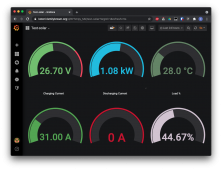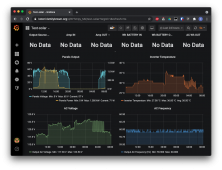Since it's pretty well all up and running now, here's what I have set up in my workshop. I'm using eight 250W panels from SanTan Solar, a MPP Solar LV2424, and 8x 272Ah LiFePO4 cells for storage, to run my server rack, and hopefully bring the electric bill for my workshop lower than the one for my house. Pictures:
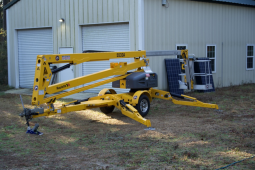
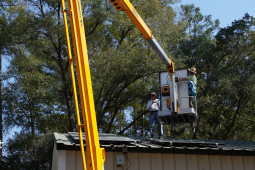
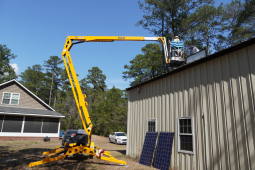

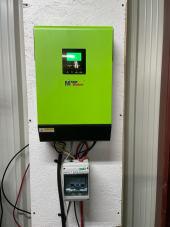
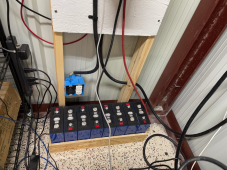
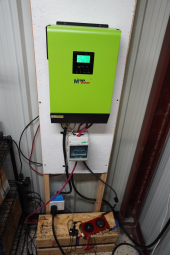
And this is what I'm running with it:
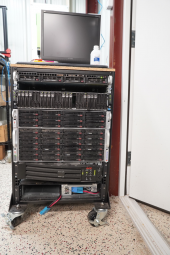







And this is what I'm running with it:




